May is National Stroke Awareness Month, and it’s the perfect time to educate and engage your patients about strokes, which occur when a blood vessel to the brain bleeds or is blocked by a blood clot. The Healthwise Knowledgebase is full of resources to help people learn what causes strokes, how to recognize the symptoms, the importance of reacting to them quickly, and what treatments can be expected after having a stroke. This May, help your patients learn about this important health condition.
Try this content for the home page of your website, newsletter, or email.
Table of Contents
ToggleStroke Symptoms
If you suspect that you, or someone you know, is having a stroke, call 911 or other emergency services right away! A stroke usually happens suddenly but its symptoms may occur over several hours. With this guide you’ll discover a simple way to remember the main symptoms of a stroke. You’ll learn the two basic causes of stokes: ischemic (caused by a blood clot) and hemorrhagic (caused by bleeding in the brain) and the specific symptoms associated with each one. [Create a hyperlink to the Stroke Symptoms Topic Overview on your website. DOCHWID=hw222891]
Know the Serious Side-Effects of a Stroke
Once the symptoms of a stroke appear, life-threatening problems can develop. That’s why it’s so important to seek medical help immediately. Things like increased pressure on the brain, blood pressure changes, and blood clots in the legs can all lead to further problems or even death. With this guide you’ll learn about the complications that may develop soon after stroke symptoms occur and how doctors may treat them to try to stop further damage. [Create a hyperlink to the Stroke: Life-Threatening Complications Topic Overview on your website. DOCHWID=hw222923]
Preventing a Second Stroke
Did you know there are things you can do to prevent another stroke? Making healthy lifestyle changes, taking medicine, managing other health problems, and taking part in a stroke recovery program are all steps you can take to help prevent another stroke. Find out what’s involved in helping you reduce your risk. This guide walks you through why it’s important to take medicines exactly as prescribed, how to manage other health conditions, and how a stroke rehab program can help you. [Create a hyperlink to the Stroke: How To Prevent Another One Topic Overview on your website. DOCHWID=abo4166]
Transient Ischemic Attack (TIA)
You may have had some or all of the symptoms of a stroke only to have them disappear after 10 to 20 minutes. This could mean you’ve suffered a TIA, a transient ischemic attack, often called a mini-stroke. A TIA happens when blood flow to part of the brain is blocked or reduced for a short time, then blood flows again and your symptoms go away. If you have a TIA, it’s a warning that you could have a stroke in the near future. You need to call 911 or other emergency services right away. Early treatment can help prevent a stroke. This guide can help you understand the symptoms and causes of TIA, what tests you can expect your doctor to perform, and how your TIA will be treated. [Create a hyperlink to the Transient Ischemic Attack (TIA) Topic Overview on your website. DOCHWID=hw226606]
Should you have a Carotid Artery Procedure?
If you haven’t yet had a stroke or TIA but you have carotid artery stenosis, this information may help you decide whether or not a carotid artery procedure is the right step for you in helping to prevent a stroke. This narrowing of the artery that carries blood to your brain can be managed with this surgical procedure or with other treatments like healthy habits and medicines. If you have severe narrowing, you may be considering whether a carotid artery procedure is right for you. As with many treatment decisions, there are trade-offs to consider, such as short-term risks vs. long-term benefits and length of rehabilitation. To help you weigh your options, understand your feelings, and make an informed decision, use this interactive guide. [Create a hyperlink to the Stroke Prevention: Should I Have a Carotid Artery Procedure? Decision Point on your website. DOCHWID=aa43099]
Social Media Content for your Medical Practice
- Use this guide to understand the symptoms of a stroke. [Insert a shortened URL to the Stroke Symptoms Topic Overview on your website. DOCHWID=hw222891]
- Find out what life-threatening conditions can develop once you’ve had a stroke and why it’s important to seek immediate help. [Insert a shortened URL to the Stroke: Life Threatening Complications Topic Overview on your website. DOCHWID=hw222923]
- Learn what you can do to help stop another stroke. [Insert a shortened URL to the Stroke: How To Prevent Another One Topic Overview on your website. DOCHWID=abo4166]
Have you suffered temporary symptoms of a stroke? You may have had a TIA. Find out here. [Insert a shortened URL to the Transient Ischemic Attack (TIA) Topic Overview on your website. DOCHWID=hw226606] - Wondering whether a carotid artery procedure is right for you? Here’s help deciding. [Insert a shortened URL to the Stroke Prevention: Should I Have a Carotid Artery Procedure? Decision Point on your website. DOCHWID=aa43099]
We can turn your website into one of the best medical websites with the Healthwise Knowledgebase. Medical website content is available for all practice specialties and can be easily added to your website. Contact Practis to learn more.



